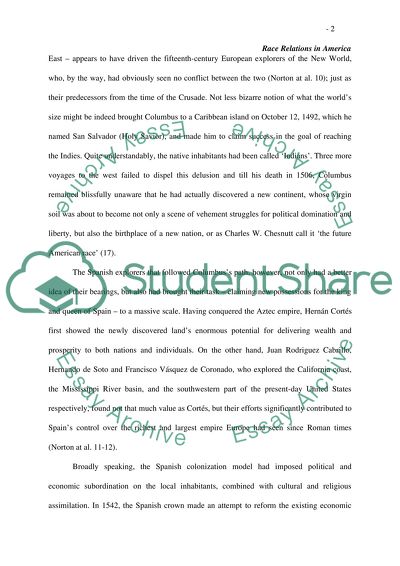Cite this document
(“Race Relations in America Research Paper Example | Topics and Well Written Essays - 1500 words”, n.d.)
Retrieved from https://studentshare.org/miscellaneous/1581804-race-relations-in-america
Retrieved from https://studentshare.org/miscellaneous/1581804-race-relations-in-america
(Race Relations in America Research Paper Example | Topics and Well Written Essays - 1500 Words)
https://studentshare.org/miscellaneous/1581804-race-relations-in-america.
https://studentshare.org/miscellaneous/1581804-race-relations-in-america.
“Race Relations in America Research Paper Example | Topics and Well Written Essays - 1500 Words”, n.d. https://studentshare.org/miscellaneous/1581804-race-relations-in-america.


